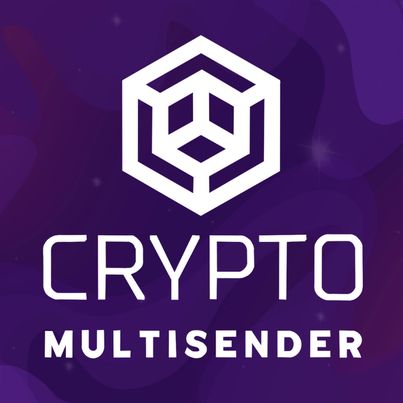3,468 reads
How to Airdrop NFTs
by
July 7th, 2022
Audio Presented by

We have helped hundreds of companies launch tokens, easily and cheaply. SAY NO TO HIGH SERVICE FEES!
About Author
We have helped hundreds of companies launch tokens, easily and cheaply. SAY NO TO HIGH SERVICE FEES!